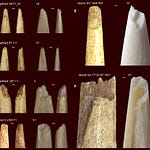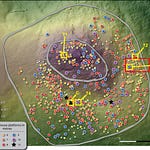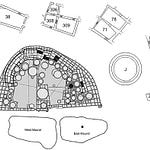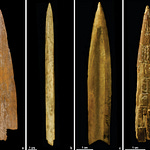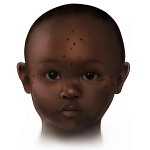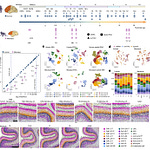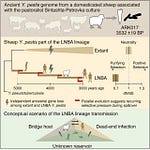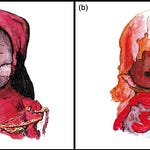In the decades since the first draft of the Neanderthal genome was published, we have come to accept a profound truth about human evolution: our ancestors didn't just walk past their archaic cousins; they interbred with them. The DNA of Homo neanderthalensis persists in the genomes of most people outside of Africa today, a faint but undeniable echo of a time when multiple kinds of humans shared the planet.
But the story is more complex still. A genetic analysis of a single finger bone found in a Siberian cave revealed the existence of another, even more enigmatic hominin: the Denisovans. Unlike the relatively abundant Neanderthal fossil record, the Denisovans are known primarily from this bone, a jawbone, a few teeth, and fragments of a skull. Despite these sparse physical remains, a growing body of genetic evidence shows that they, too, interbred with the ancestors of modern humans. A recent review in the journal Nature Genetics1 by Dr. Linda Ongaro and Professor Emilia Huerta-Sanchez now consolidates what scientists have learned. It confirms that the Denisovan genetic signature is not the result of a single event but of multiple, distinct interbreeding episodes that helped shape the people we are today.
"It's a common misconception that humans evolved suddenly and neatly from one common ancestor," one of the researchers remarked, "but the more we learn, the more we realize that interbreeding with different hominins occurred and helped to shape the people we are today."
The Denisovans, it turns out, were not a uniform group. The varying degrees of genetic similarity found in modern humans' genomes suggest a complex relationship among different Denisovan populations. This ancient hominin group lived across a vast territory, from the frigid Altai Mountains of Siberia to the tropical islands of Southeast Asia. And in each environment, they seem to have developed unique adaptations.



